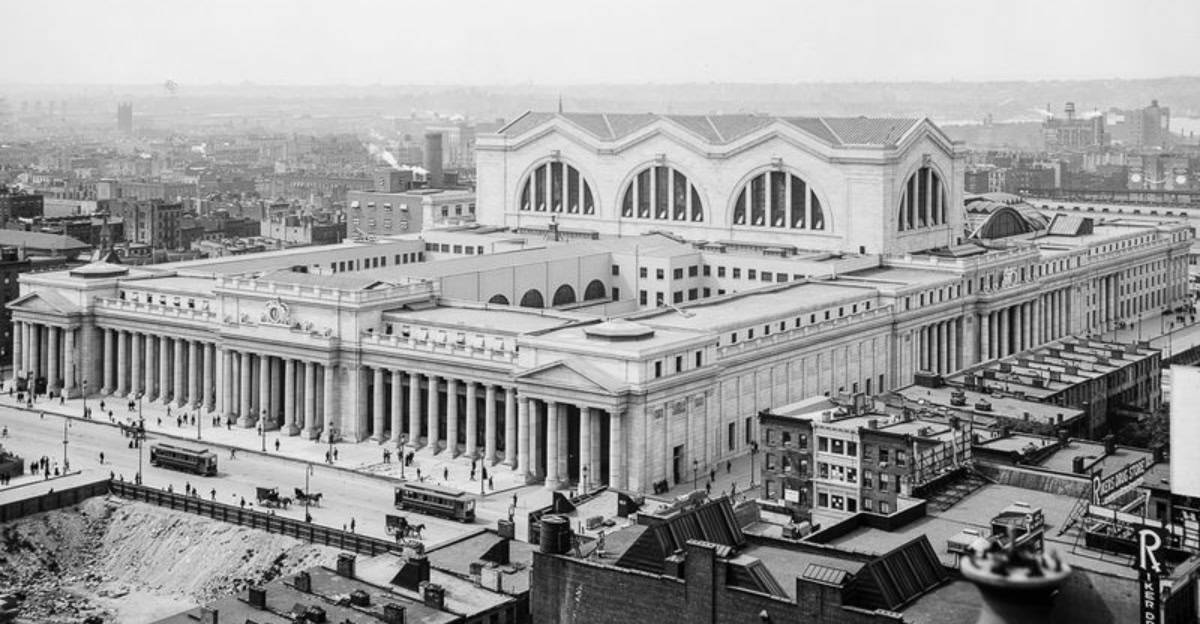Throughout history, numerous architectural marvels have graced our world, showcasing the ingenuity and creativity of human craftsmanship.
Unfortunately, not all have withstood the test of time.
Here, we explore 10 stunning architectural beauties that were lost to the sands of time, each with its own tale of grandeur and demise.
1. The Crystal Palace
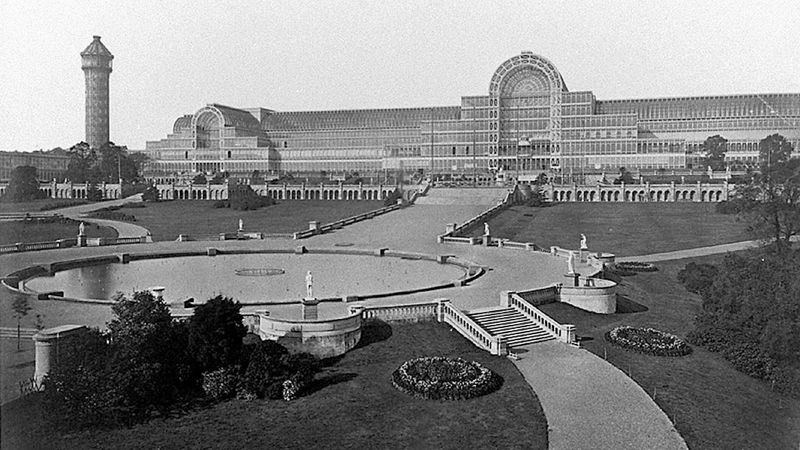
The Crystal Palace was a massive glass and iron structure originally built in Hyde Park, London, to house the Great Exhibition of 1851.
It symbolized the triumph of the Industrial Revolution and the British Empire’s global influence.
Designed by Joseph Paxton, the palace was remarkable for its modular construction and vast interior space. It became an architectural icon, drawing millions of visitors.
Unfortunately, tragedy struck in 1936 when a devastating fire consumed the structure, erasing this marvel from the London skyline.
Despite its absence, the Crystal Palace remains a powerful symbol of innovation and elegance.
2. The Temple of Bel
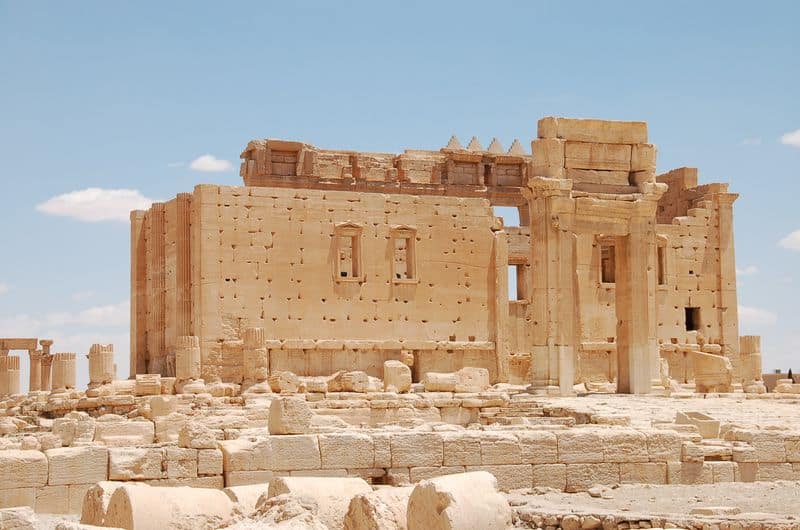
Located in Palmyra, Syria, the Temple of Bel was an ancient masterpiece dedicated to the Mesopotamian god Bel.
Built in 32 AD, it featured a unique blend of Graeco-Roman and Middle Eastern architectural styles.
The temple boasted impressive columns and ornate decorations, attracting historians and tourists alike. It was a testament to the cultural fusion of its era.
In 2015, the temple was tragically destroyed by extremist forces, causing a significant loss to world heritage. Its ruins now stand as a solemn reminder of the fragility of cultural treasures.
3. The Buddhas of Bamiyan
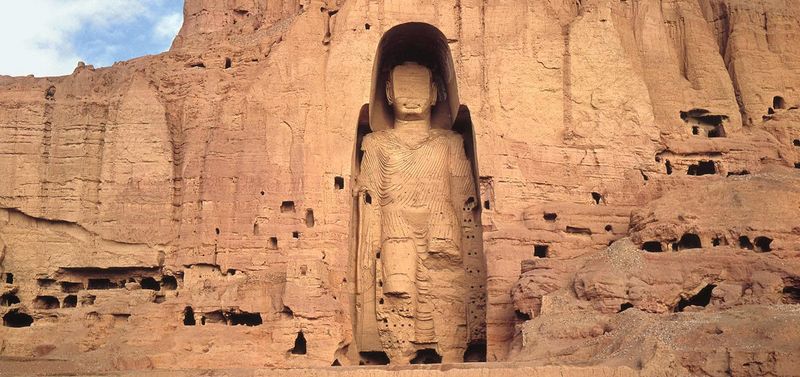
The Buddhas of Bamiyan were two monumental statues carved into the cliffs of Afghanistan’s Bamiyan Valley.
Dating back to the 6th century, they were a marvel of Buddhist art and engineering.
These towering figures, standing at 55 and 37 meters, stood watch over the valley for centuries. They were a significant pilgrimage site and symbol of the region’s rich history.
In 2001, the statues were destroyed by the Taliban, sparking global outrage and sorrow. Though replicas may exist, the original Buddhas’ absence is a poignant loss to cultural history.
4. The Old Summer Palace
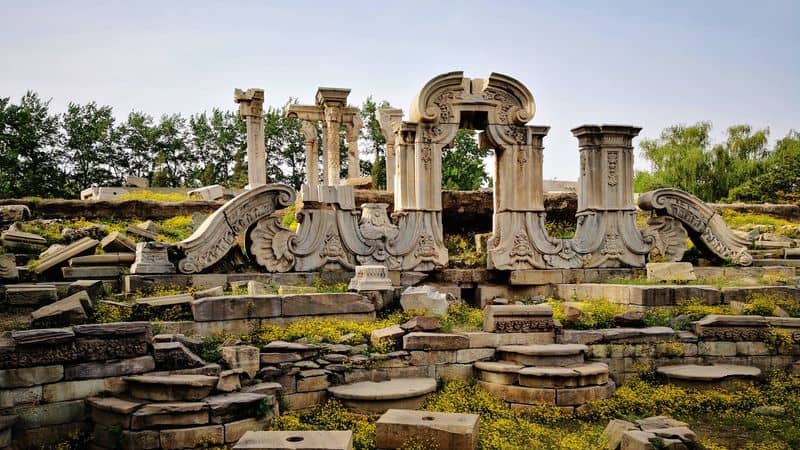
The Old Summer Palace, or Yuanmingyuan, was a vast complex of palaces and gardens in Beijing, China. Built during the Qing Dynasty, it blended Western and Chinese architectural styles.
Known for its beauty and artistry, it housed countless treasures and exquisite gardens. Its design reflected the opulence of imperial China.
In 1860, British and French troops looted and burned the palace during the Second Opium War, leaving it in ruins.
Today, the site serves as a poignant reminder of colonial aggression and cultural loss.
5. The Tuileries Palace
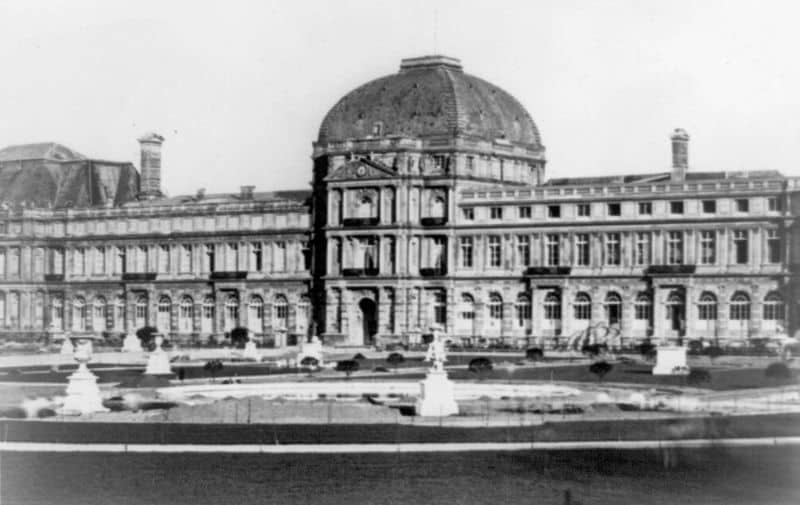
The Tuileries Palace once stood as a symbol of French royal grandeur. Located in Paris, it was constructed in the 16th century and later became the main residence for French monarchs.
The palace was renowned for its Renaissance architecture and beautiful gardens, designed to impress and inspire.
In 1871, during the Paris Commune, the palace was set ablaze and subsequently demolished.
Today, only remnants and memories remain, but its legacy lives on in the adjacent Tuileries Gardens, a testament to its past magnificence.
6. Pennsylvania Station
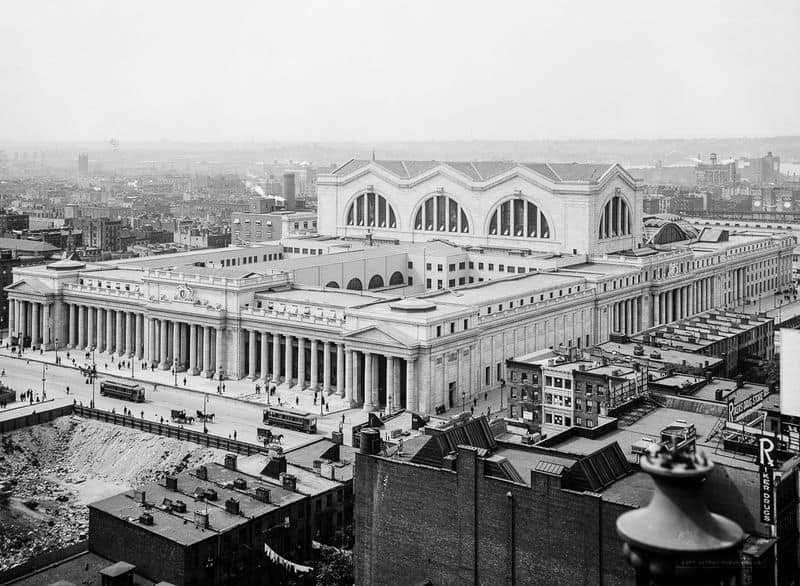
The original Pennsylvania Station in New York City was a transportation marvel, completed in 1910. Designed by McKim, Mead & White, it was a Beaux-Arts masterpiece.
With its grand arches, elegant columns, and vast concourses, it symbolized the golden age of rail travel. It was a bustling hub for commuters and travelers.
In 1963, it was demolished to make way for Madison Square Garden, sparking public outcry and leading to the preservation movement in the U.S.
Despite its absence, its memory endures in architectural history.
7. The Hippodrome of Constantinople
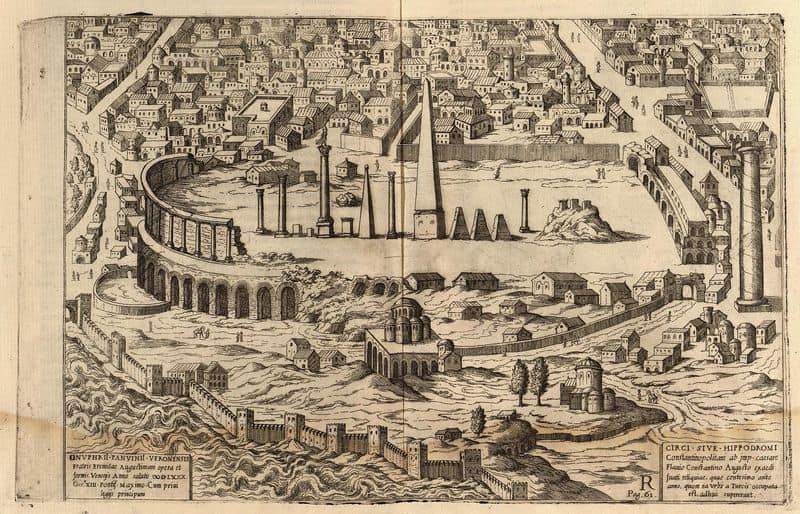
The Hippodrome of Constantinople, now Istanbul, was a grand arena for chariot racing and public gatherings. Built in the 3rd century AD, it was a symbol of Byzantine cultural life.
The massive venue could hold thousands of spectators, serving as a stage for both entertainment and political events. Its architecture reflected the grandeur of the Byzantine Empire.
Over centuries, it fell into disrepair, with only a few structures remaining today. Though largely lost, its historical significance remains a vital part of Istanbul’s rich tapestry.
8. The Euston Arch
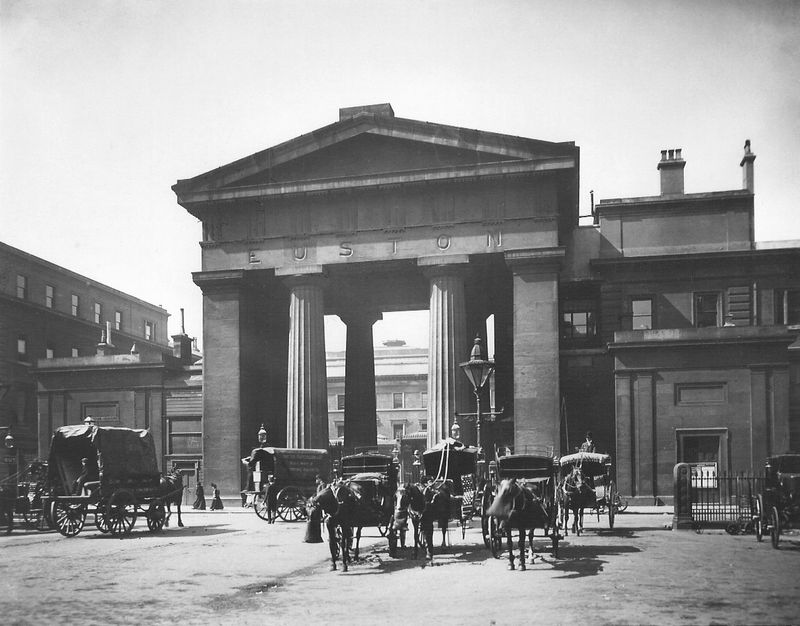
The Euston Arch was a neoclassical triumphal arch, marking the entrance to London’s Euston Station. Completed in 1837, it was an architectural icon of the Victorian era.
Designed by Philip Hardwick, it featured imposing columns and a dignified presence. It was a beloved landmark for travelers and locals alike.
In 1962, it was controversially demolished to accommodate modern developments, sparking public outcry and regret.
Efforts to reconstruct it continue, a testament to its enduring legacy in London’s architectural history.
9. The Imperial Hotel
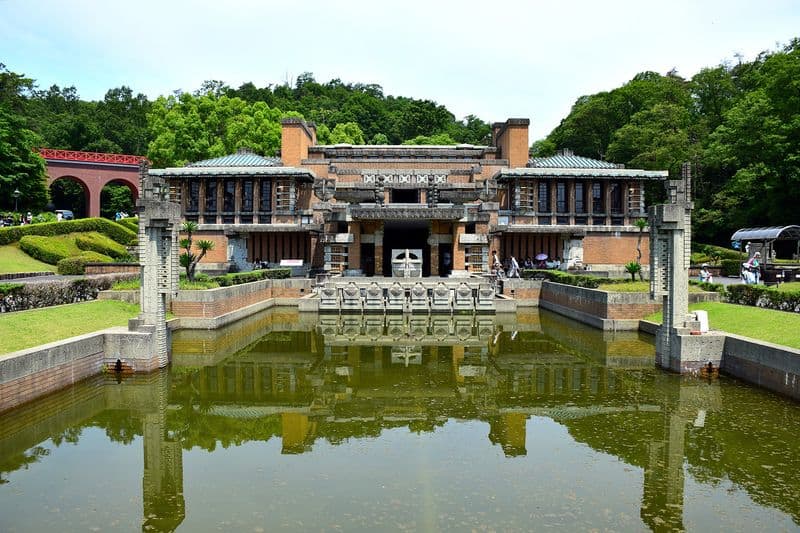
The Imperial Hotel in Tokyo was a masterful creation by Frank Lloyd Wright, blending Western and Japanese architectural elements. Opened in 1923, it was famed for its earthquake-resistant design.
The hotel was a marvel of engineering, capturing the essence of Japanese aesthetics while offering modern luxury. It became a symbol of resilience and innovation.
Demolished in 1968 due to urban redevelopment, its loss was deeply felt.
Though its physical presence is gone, its influence on architectural design and earthquake engineering remains significant.
10. The New York World Building
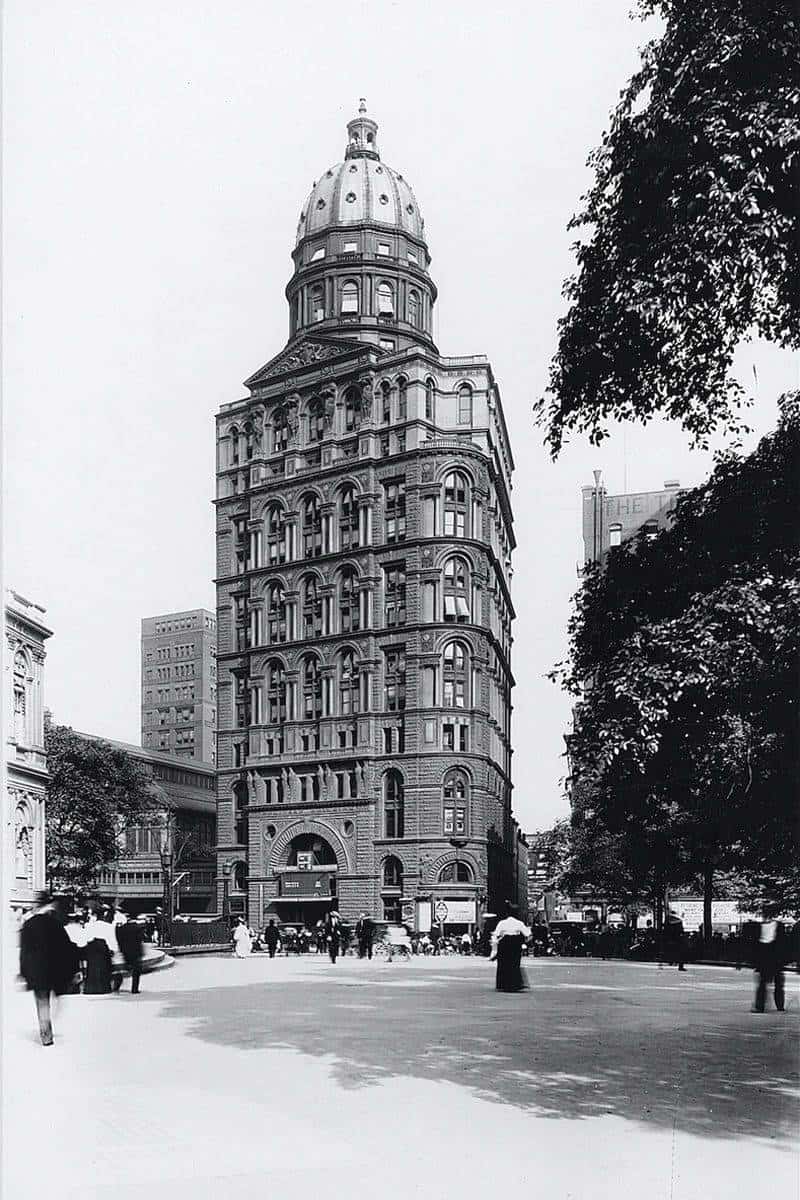
The New York World Building, completed in 1890, was a pioneering skyscraper and the tallest building in the world at the time.
Designed by George B. Post, it housed the offices of the New York World newspaper.
Its distinctive dome and ornate detailing made it a standout feature of the Manhattan skyline.
In 1955, the building was demolished to make way for a new entrance to the Brooklyn Bridge.
Its destruction marked the loss of a piece of New York’s architectural heritage, but its innovative spirit continues to inspire.

